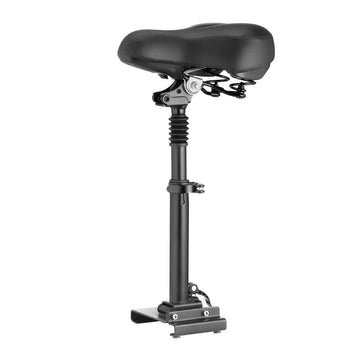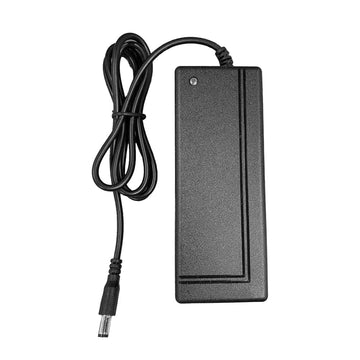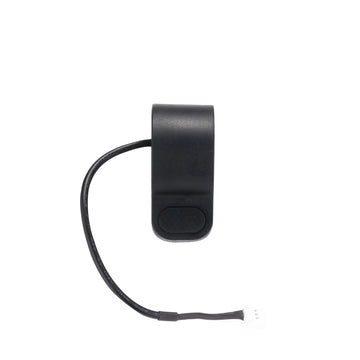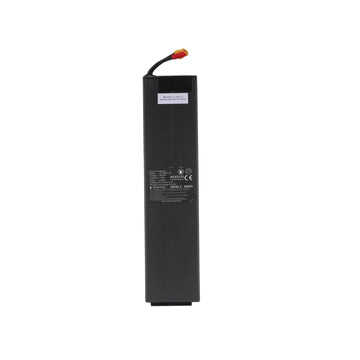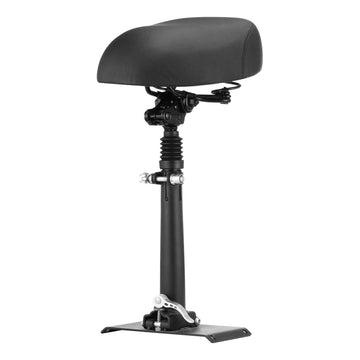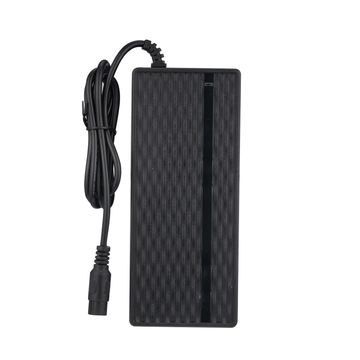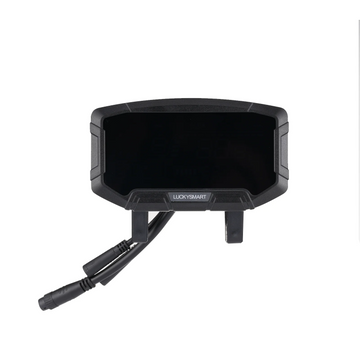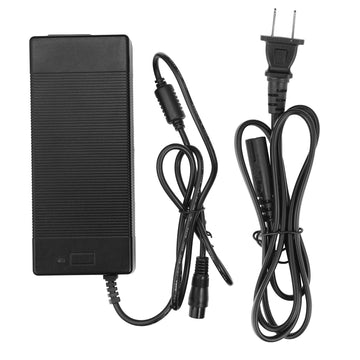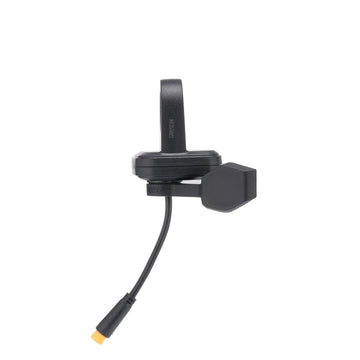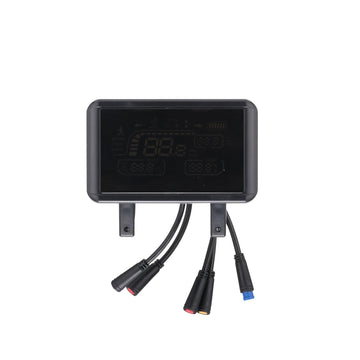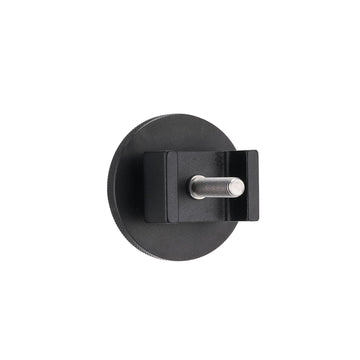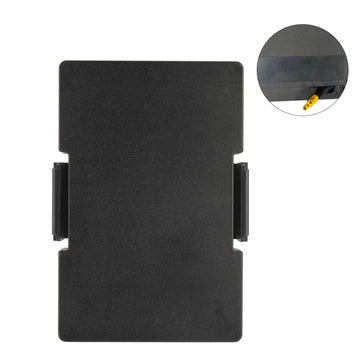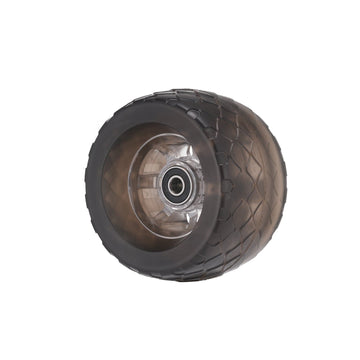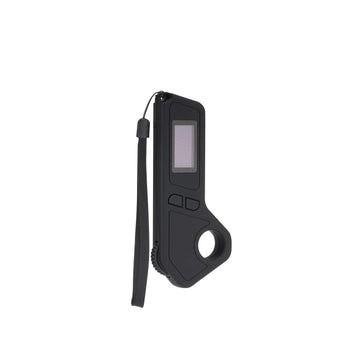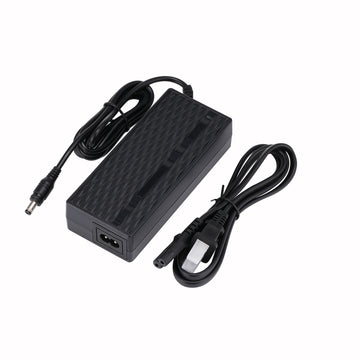
Wondering how to remove an e-bike battery for charging or maintenance? It's an easy process but important to get right to keep your e-bike running smoothly
Different e-bikes have different battery setups, but usually, there's a simple compartment you can open with a key or latch.
Just make sure to turn off the bike first and handle everything carefully—e-bike batteries are heavy! Read on for step-by-step instructions on removing your e-bike battery safely.
E-Bike Battery Basics

When managing your e-bike's battery, it's crucial to understand its health, maintenance needs, and signs of potential failure to maintain performance and prolong its lifespan.
Determining Battery Health
To assess the health of your e-bike battery, you should check the voltage and capacity.
A battery's voltage should match the manufacturer's specifications while the capacity—measured usually in ampere-hours (Ah)—indicates how much charge your battery can hold.
A multimeter can be used to measure the voltage to ensure it remains within the recommended range.
Battery Lifespan and Maintenance
A battery's lifespan is influenced by how well it is maintained.
Practice regular maintenance by charging the e-bike battery before it drops below 30% to avoid unnecessary strain.
Store the battery in a cool, dry place away from direct sunlight to prevent degradation.
Clean the battery contacts with a dry cloth to maintain a good connection and avoid energy loss.
- Charging: Keep it regular and do not drain the battery completely.
- Storing: A controlled environment is best.
- Cleaning: Gently, to keep connections optimal.
Signs of a Failing Battery
Pay attention to the following indicators of a damaged or aging battery:
- Reduced Range: Your e-bike doesn't travel as far as it used to on a full charge.
- Slow Charging: The battery takes longer than usual to reach full charge.
- Physical Damage: Visible signs like bulging, cracks, or leaks.
If you notice these signs, it may be time to consider removing the battery for inspection or replacement following the manufacturer's guidelines.
Also read our guide: How Do Electric Bikes Work?
Preparation for Battery Removal
Prior to removing your electric bike's battery, it's crucial to take the right safety measures and ensure the e-bike is secure to prevent any damage or injury.
Safety First: Precautions and Protective Gear
Before you start, you must take specific safety precautions:
- Always switch off the power to your e-bike to avoid electric shocks.
- If your electric bike has a key to lock or unlock the battery, ensure it is in the unlocked position before attempting to remove the battery.
- Wear protective gear such as gloves to safeguard your hands from sharp edges or corrosive materials in the battery.
- Review your e-bike's warranty terms, as improper removal of the battery may void the warranty.
Powering Down and Securing the E-Bike
Properly powering down and securing your e-bike involves a few steps:
- Turn off the e-bike and unplug it from any power source.
- Engage the e-bike's brakes or use a stand to make sure it doesn't move during the removal process.
- Locate the battery compartment and confirm that any lock mechanisms are disengaged before you attempt to remove the battery.
- Ensure that your e-bike is positioned stably, with no risk of tipping over, which could cause damage to the bike or battery.
Step-by-Step Guide on How To Remove E-Bike Battery

Prior to removing the battery from your electric bike, ensure that the bike is powered off and disconnected from any power source. Always follow the manufacturer's guidelines for safety and proper handling.
Disconnecting Connections
- Locate the connectors: Identify where the battery connects to the electric bike, which typically involves a series of wires and possibly a connector.
- Detach the connectors: Gently unplug all the connectors by holding the connector, not the wires, to prevent damage. If the connectors have a locking mechanism, disengage it carefully using your thumb or a small tool if required.
Proper Use of Tools
- Identify necessary tools: Depending on your electric bike model, you may need a screwdriver or Allen key.
- Unfasten safely: If screws are securing the battery in place, use the appropriate screwdriver to remove them gently. For a battery locked with a key mechanism, use the key provided to unlock and release the battery.
Extracting the Battery from the Bike
- Support the battery: Grasp the battery firmly with both hands. If it’s attached to a rack, slide it out carefully along the guided rails.
- Remove with caution: When removing the battery, ensure that you support its weight to prevent dropping it. Avoid touching the battery's terminals to prevent any short circuits. If the battery is nestled within the frame and doesn’t slide out, lift it straight upward to detach it from the bike.
Post-Removal Steps
After removing your electric bike's battery, the next important phase is ensuring it is stored and transported correctly to maintain its longevity and safety.
Storing and Transporting the Battery
Storing the Battery:
- Location: Always store your battery in a cool, dry place away from direct sunlight and extreme temperatures to prevent any damage or decrease in battery performance.
- Position: Keep the battery in a stable, upright position to avoid any spills or potential short circuits.
Transporting the Battery:
- Protection: When transporting, use a padded case or secure the battery in a way that it won't move around or get struck.
- Safety: During transit, protect the battery terminals by covering them with a non-conductive material to prevent any possibility of a short circuit.
Conclusion: How To Remove an E-Bike Battery
It’s crucial to emphasize the simplicity and importance of properly removing and replacing the battery on your electric bike. Different e-bike batteries and brands may have varying mechanisms, but the general principles remain the same.
- Preparation: Before starting, ensure your e-bike is switched off and the keys are removed. This prevents any accidental power flow during the process.
- Unlocking: Use your key to unlock the battery if it has a lock system. For batteries secured with screws, prepare the necessary tools.
Removing the Battery: Carefully hold the battery to prevent it from falling as you disconnect the connectors or fastenings. Handling the battery with care will ensure both your safety and that of the e-bike.
- Handling: Manage the battery responsibly once removed. If you’re disposing of it, do so in accordance with your local regulations—e-bike batteries contain materials that require proper disposal.
Frequently Asked Questions
Can you remove an eBike battery without the key?
Generally, you cannot remove an eBike battery without the key as it is required to unlock the battery from its housing. If you have lost the key, contact the manufacturer or a professional to avoid damaging the locking mechanism.
Does pedaling an electric bike charge the battery?
No, usually pedaling an e-bike does not charge its battery. Most e-bikes are designed with batteries that need to be charged from an electrical power source. However, some models do have a regenerative braking feature that can slightly recharge the battery when going downhill or braking, but this won't charge the battery fully.
How do I know if my e-bike battery needs replacing?
You'll know it's time to replace your e-bike battery if you notice a significant decrease in the distance you can travel on a full charge, if it takes longer to charge, or if it doesn't hold a charge well anymore. Physical signs such as swelling or damage to the battery also indicate that it’s time for a replacement.
What to do with e-bike batteries when not in use?
When you're not using your e-bike battery, store it in a cool, dry place, away from extreme temperatures. It's best to keep it partially charged—ideally between 40% and 80%—to maintain its health. If you're storing the battery for an extended period, check it every few months and top up the charge if necessary.
























